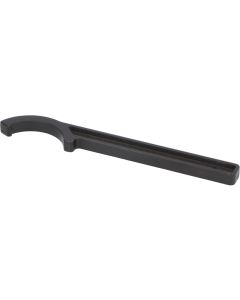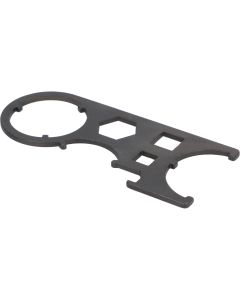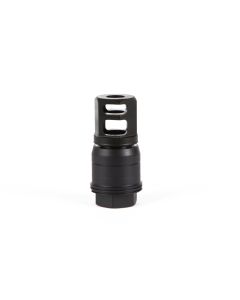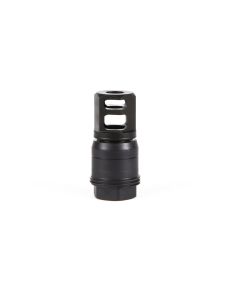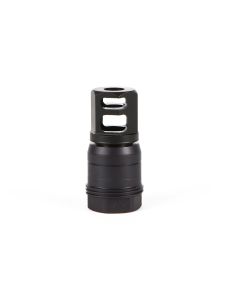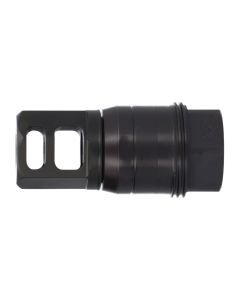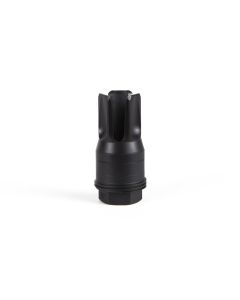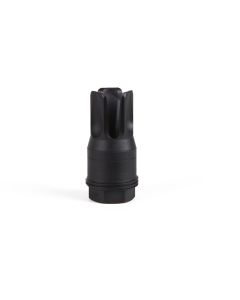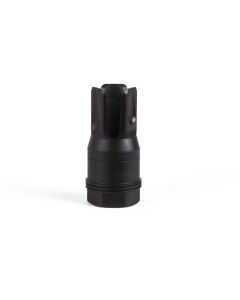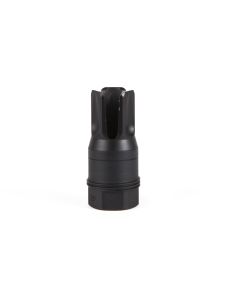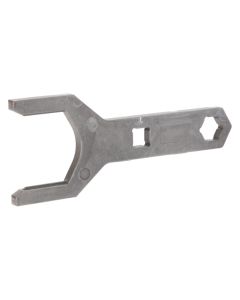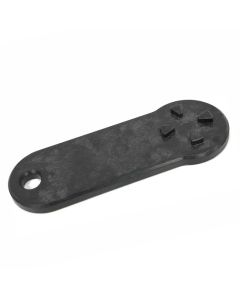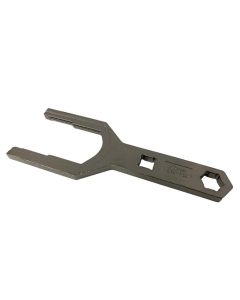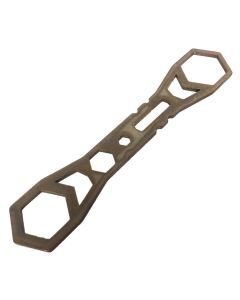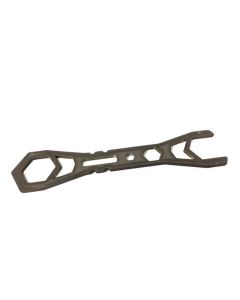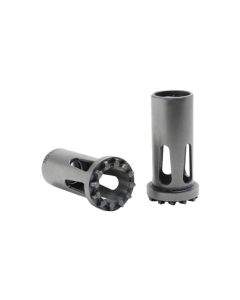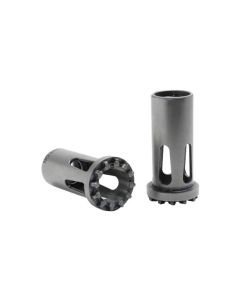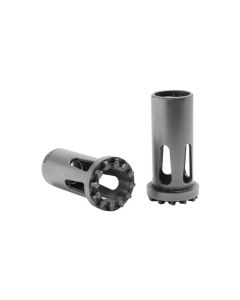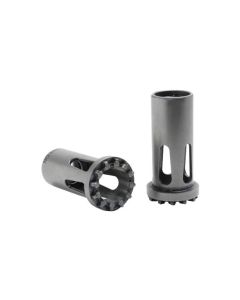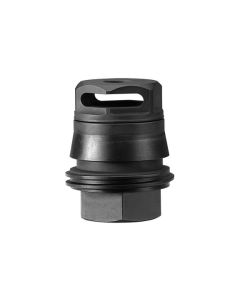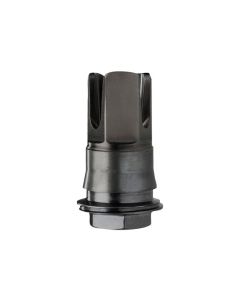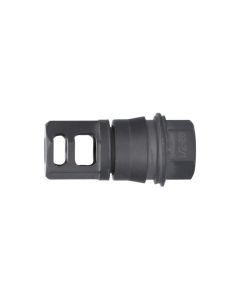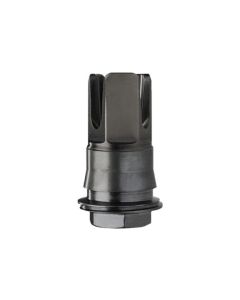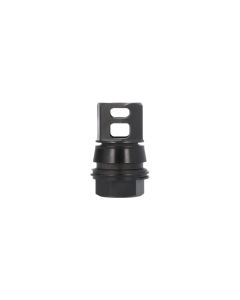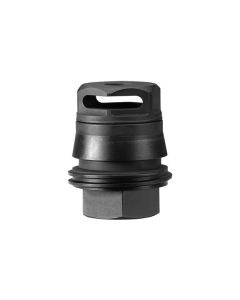The Evolution of Rifle Suppressors: Meeting USSOCOM's Demanding Standards
Rifle suppressors, also known as silencers, have come a long way from their original purpose of simply reducing firearm noise. Traditionally, they were designed to minimize the intense sound produced when a firearm is discharged. This involved a process of redirecting expanding propellant gases away from the bullet's path using a series of baffles, keeping the gas contained within the suppressor, and gradually releasing it with minimal noise.
Value for Clandestine Operations: With obvious value for clandestine use, suppressors quickly gained significance among elite military units like the United States Special Operations Command (USSOCOM). Years of real-world suppressor experience in the hands of these elite war fighters revealed both shortcomings and opportunities in the design of the traditional ‘baffle stack’ suppressor.
SURG Contract and SIG SAUER: This invaluable experience led to the establishment of stringent requirements for a Suppressed Upper Receiver Group (SURG) compatible with the M4A1 lower receiver. In 2018, SIG SAUER was awarded the prestigious SURG contract, which included a range of USSOCOM specifications, such as compact size, low weight, extended life expectancy, and exceptional performance.
Challenges and Achievements: SIG SAUER had the daunting task of creating suppressors that met these rigorous standards. The new suppressors had to be compact enough for close-quarters maneuvers, quiet enough to allow verbal communication, robust enough to handle 240 rounds between cooling cycles, reliable enough for 1,200 rounds between stoppages, and durable enough to endure 20,000 rounds without maintenance. All of this had to be achieved without compromising accuracy and while delivering a comprehensive range of signature reductions.
SURG transformed the suppressor into much more than just a sound reduction device. Where audio signature reduction was once enough, the suppressor was now expected to simultaneously reduce the sound, muzzle flash, dust disruption, and thermal bloom accompanying every shot.
To meet these challenges, SIG SAUER engineers augmented their suppressor development experience with advanced Computational Fluid Dynamic (CFD) software and state-of-the-art Direct Metal Laser Sintering (DMLS) manufacturing technology to create a sophisticated new SLX monolithic baffle design that could precisely control the flow of propellant gas within the suppressor.
With its patented internal geometry, the SIG SAUER SLX Suppressor manages the velocity of propellant gas to prevent formation of concentrated carbon deposits that require frequent cleaning and maintenance. The SLX design also regulates internal pressure so that propellant gas is released forward when it leaves the suppressor. The resulting 70-80% reduction in noxious fumes leaking back through the firearm toward the operator means that sustained suppressed shooting from inside vehicles and within confined structures is now practical. Finally, the SLX includes expansion outlets that emit cooler, slower moving gas streams that are harder to see in the dark, even with thermal imaging devices.
Forward Flex Blowback Reduction
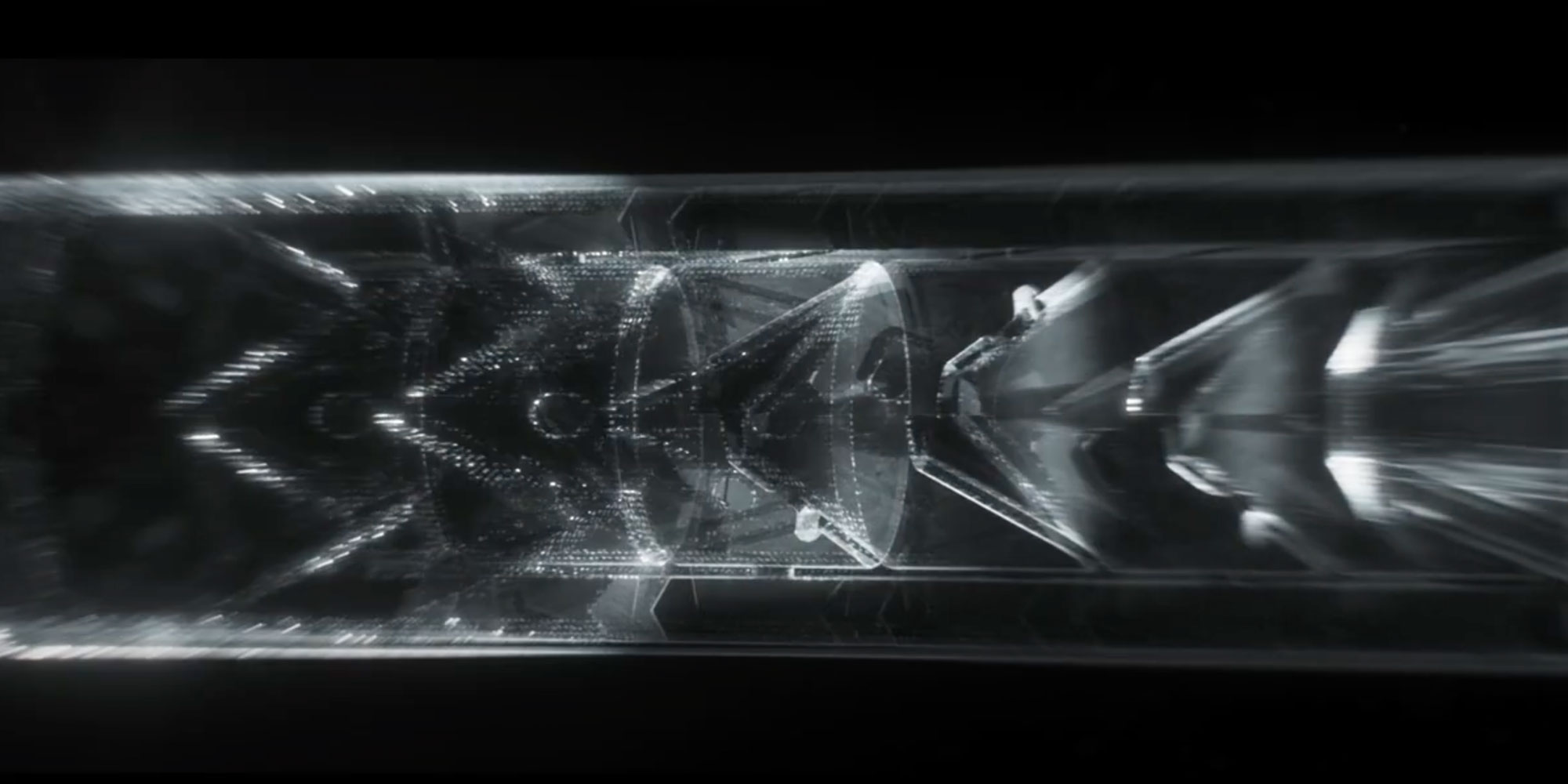
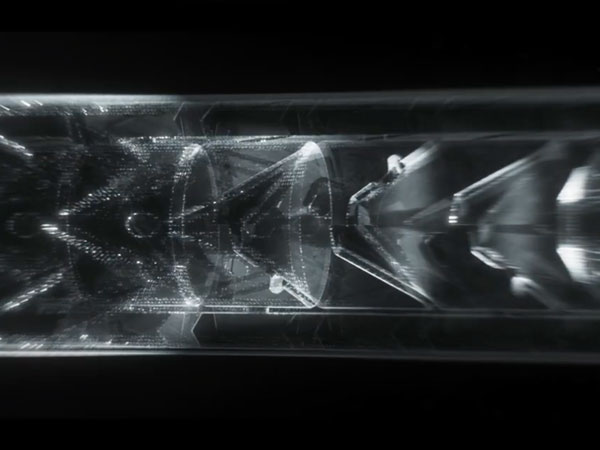
While the SIG SAUER SLX suppressor family was becoming the most widely sought after military suppressor in the world, two new trends were taking off: compact gas-operated personal defense weapons (PDWs) and long barreled precision gas-operated designated marksman’s rifles (DMRs). Where the SLX was designed around high-pressure supersonic rifle rounds like the 5.56 NATO launched from intermediate barrel lengths, these new applications required suppressors that could perform with the low muzzle pressures of a SIG MCX Rattler chambered in 300BLK or a long barreled DMR chambered in 7.62 NATO.
SIG SAUER rose to this challenge by designing the SLH series. Optimized for performance with low muzzle pressures, the SLH delivers even more full-spectrum signature reduction than its predecessor, while retaining most of its gas blow-back reduction capability. Because it is designed to withstand the same aggressive firing schedule as the SLX, the SLH also performs exceptionally well with cartridges like the 300 WM that generate more propellant gas per round but aren’t expected to deliver the same volume of sustained fire as 5.56 and 7.62 NATO platforms.
Flash Lite Signature Reduction
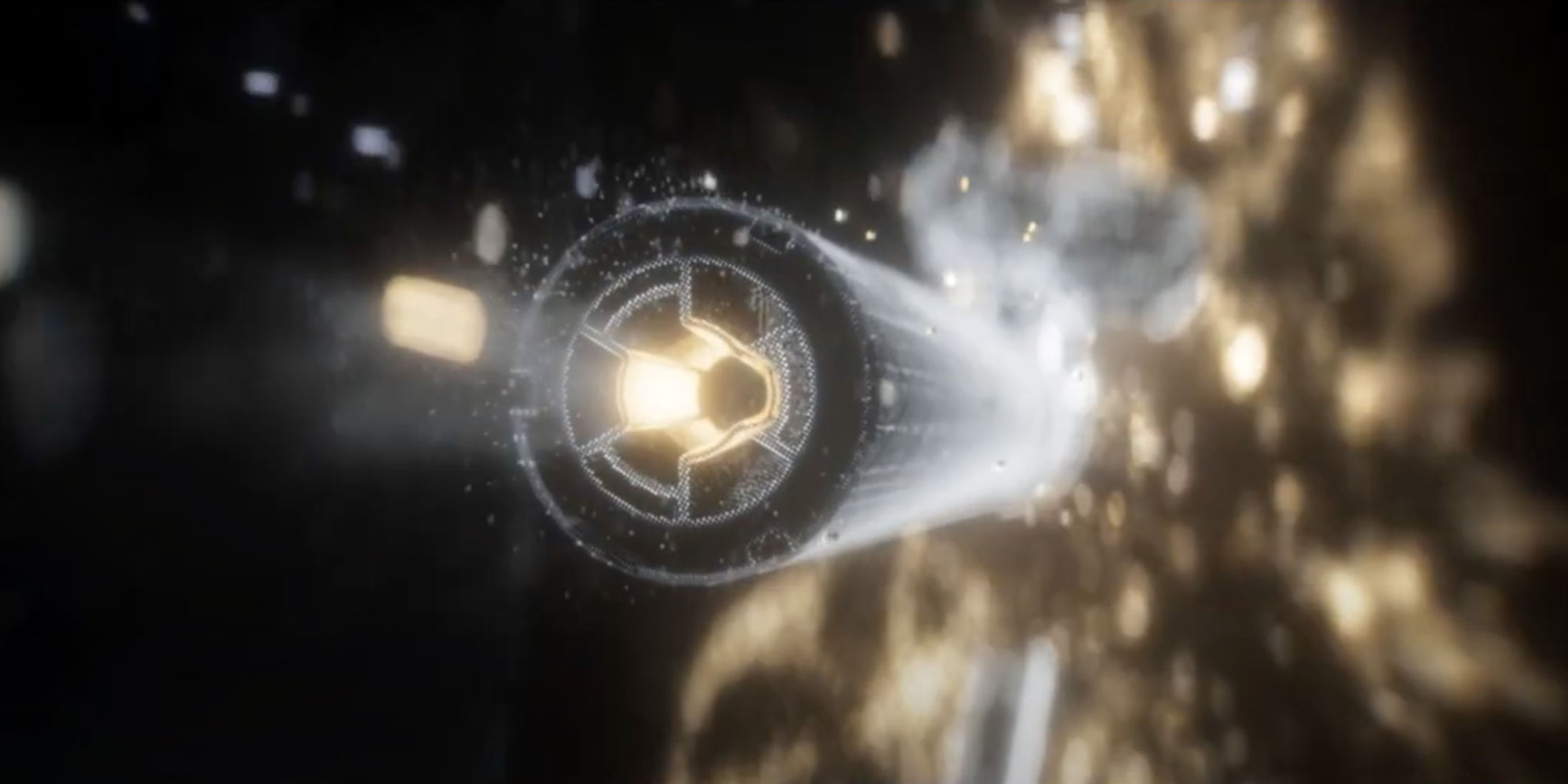
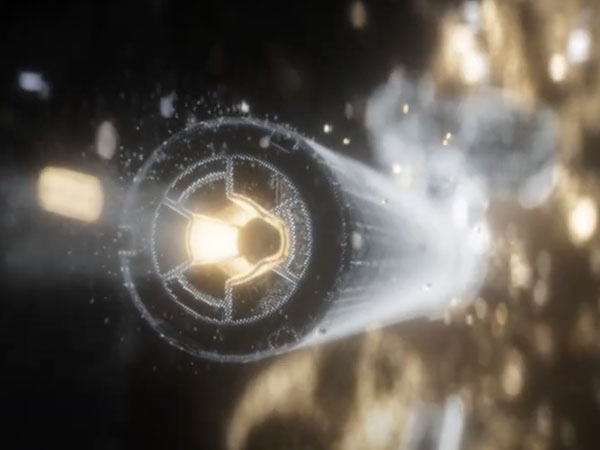
The majority of SLX and SLH suppressors supplied to military customers connect to their host rifles via the SIG SAUER patented Clutch-Lok quick disconnect (QD) system. QD suppressors are essential in military applications where the ability to quickly clean, transport, and store large numbers of weapons systems is a daily occurrence. Unfortunately, many QD systems are prone to sticking on the barrel, loosening under hard use, relying on complex attachment devices, or requiring the use of tools that frustrate attempts at service in the field.
The Clutch-Lok QD system overcame these shortcomings by aligning the suppressor with the bore and sealing on a single protected conical surface. Once the suppressor is mounted, a collar is turned, locking a series of friction cams in place to prevent the suppressor from rotating. When the suppressor is to be removed, the collar is turned back, unlocking the friction cams, and allowing the suppressor to be threaded off by hand. This system has been proven robust and reliable enough to help https://www.sigsauer.com/blog/us-army-selects-sig-sauer-next-generation-squad-weapons-system.
Clutch-LOK
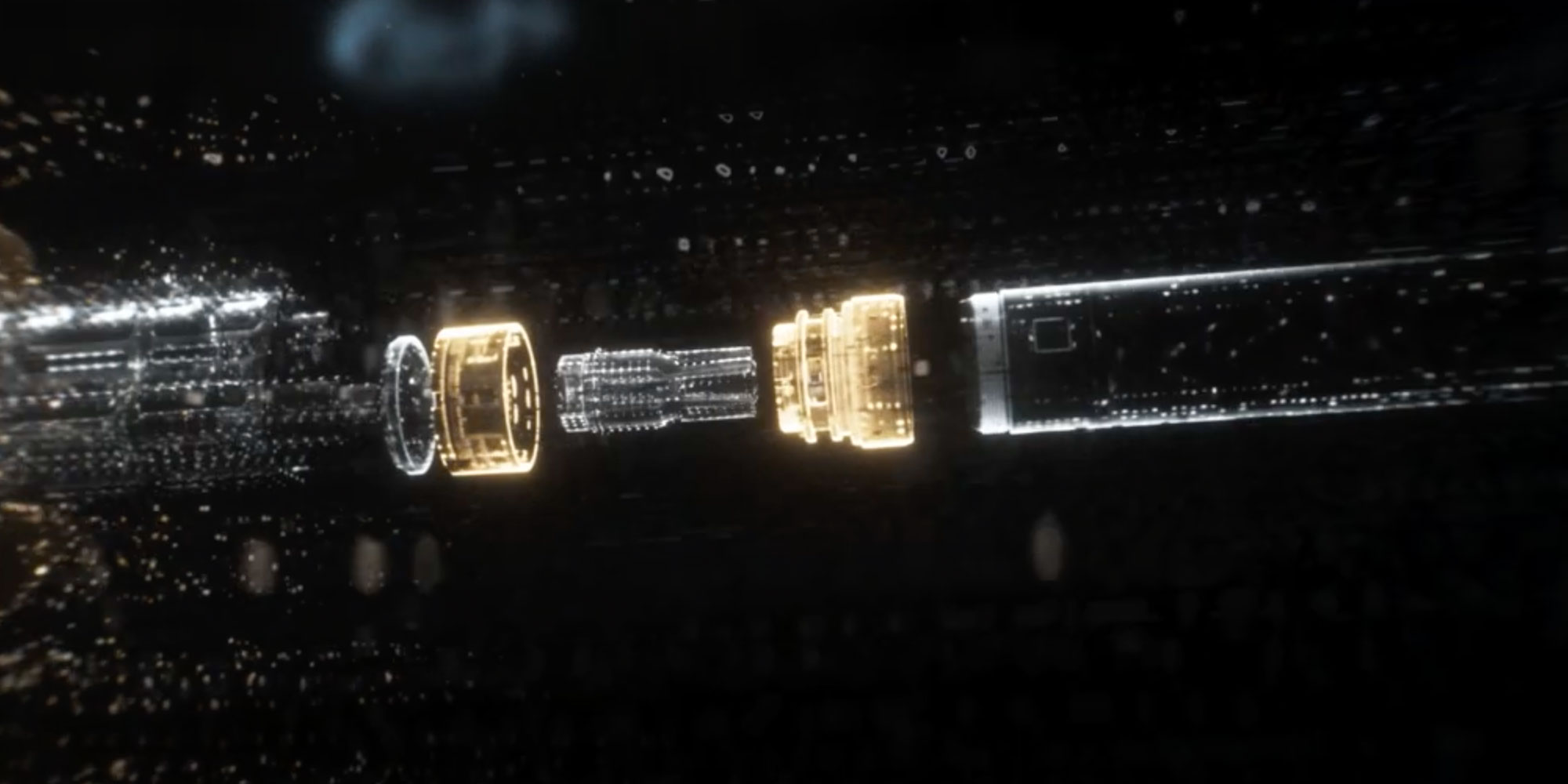
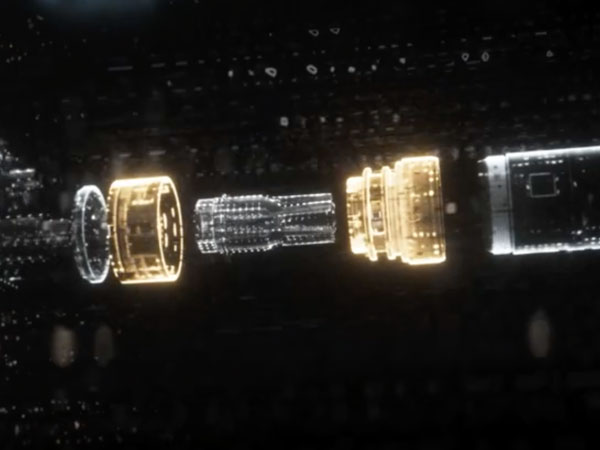
Over the last three years https://www.sigsauer.com/blog/sig-sauer-suppressors-silence-is-just-the-beginning have become the winningest suppressors worldwide, taking the NGSW contract and completely dominating the global military suppressor market. The robust SLX and high-performance SLH suppressors have forever changed operator expectations about what a suppressor can do.
SIG SAUER Suppressor Accessories
Compare Products
Items
